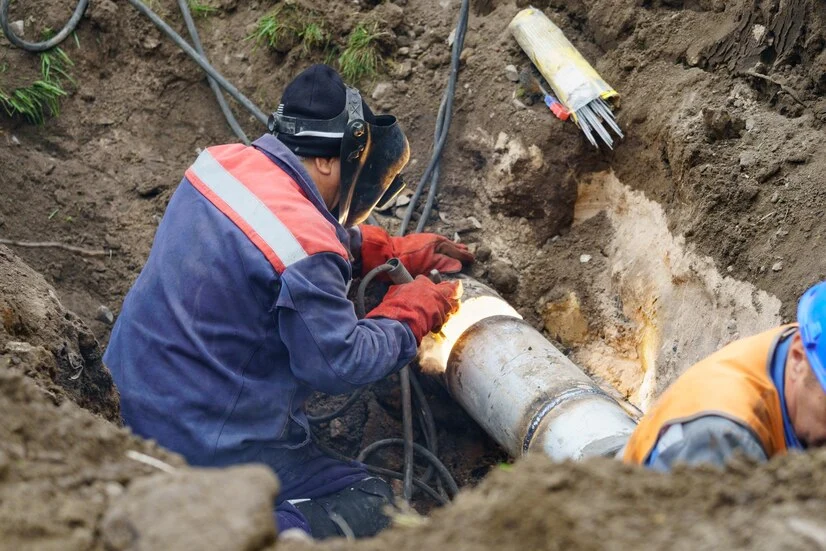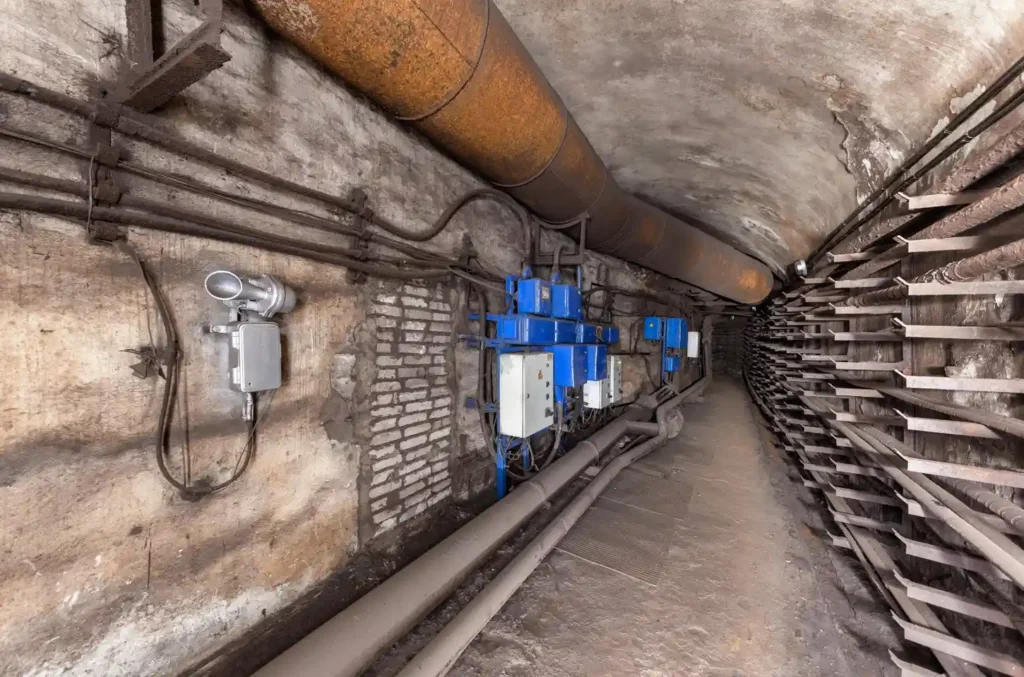

Underground electric service is popular for homeowners and organizations looking for reliable, elegant, attractive electricity solutions. Compared to overhead lines, underground systems are much less liable to weather-associated disruptions and provide a purifier visual appeal. However, many elements influence the cost of installing underground electrical service. This guide breaks down the expenses and issues that will help you make an informed selection.
Distance of Installation: The length of the ditch required to run electrical cables plays a huge role in understanding the cost. Longer distances require extra materials, hard work, and systems, increasing costs.
Type of Soil and Terrain: The ease of digging the ditch depends on the kind of soil and terrain. Rocky or compacted soil and regions with tree roots would require specialized equipment and extra labor, raising the fee.
Depth of Trenching: Local guidelines often dictates the desired intensity for burying electrical cables. Deeper trenches offer added safety but may additionally boost excavation prices.

Materials The form of plug light, conduit, and defensive substances impacts the general fee. High-quality, durable materials might cost extra, but they lessen long-term renovation charges.
Permits and Inspections Local building codes require permits and inspections to ensure the installation meets safety requirements. These charges vary by location, but they are necessary for compliance.
Labor Costs Labor is a full-size portion of the expense. Hiring certified electricians and specialized contractors guarantees the activity is executed competently and efficaciously; however, it adds to the fee.
Additional Features like junction packing containers, transformers, or backup structures can increase the general fee. These are regularly vital for larger residences or complex installations.
The fee for underground electric carriers varies widely depending on the abovementioned factors. On average:
Prices for regular residential houses range from $4,500 to $10,000. This includes trenching, substances, permits, and labor.
Larger industrial tasks frequently start at $15,000 and might exceed $50,000, depending on the scope and complexity.
Trenching: $4 to $12 in keeping with linear foot, depending on soil conditions and intensity requirements.
Cables and Conduits: $2 to $4, consistent with linear foot for materials.
Permits and Inspections: $200 to $1,500, depending on neighborhood regulations.
Labor: $50 to $100 in step with an hour for licensed electricians.
Additional Components: $500 to $3,000 for objects like transformers or junction bins.
Reliability: Underground cables are much less vulnerable to storms, wind, and falling bushes, lowering the chance of outages.
Safety: Electrical dangers and circuits like unintentional contact or fires are minimized with cables buried out of reach.
Aesthetics: Eliminating overhead lines improves the visual enchantment of homes and neighborhoods.
Obtain Multiple Quotes: Comparing fees from several licensed contractors lets you discover the price.
DIY Trenching: If guidelines permit, you can dig the trench and shop for cash. However, discuss with specialists to ensure protection and compliance.
Use Existing Conduits: Consider whether existing conduits can be reused if upgrading an antique machine.
Consult Local Utility Companies: Some application carriers provide subsidies or discounts for underground installations.
Encountering Obstructions: Rocks, roots, or underground utilities can delay setup. Conducting a survey in advance and using specialized wire can mitigate those issues.
Permit Delays: Obtaining lets in can take time. Start the technique early to avoid task delays.
Cost Overruns: Unexpected issues can boom fees—budget for contingencies to live organized.
Installing an underground electric carrier is treasured funding that enhances reliability, protection, and asset aesthetics. While the upfront fees can be hefty, the long-term blessings frequently outweigh the costs. You can ensure a successful setup by knowing the elements that affect charges and taking proactive steps to save. Whether for a residential domestic or a business undertaking, consulting with skilled professionals is crucial to attaining a secure and green underground electrical device.